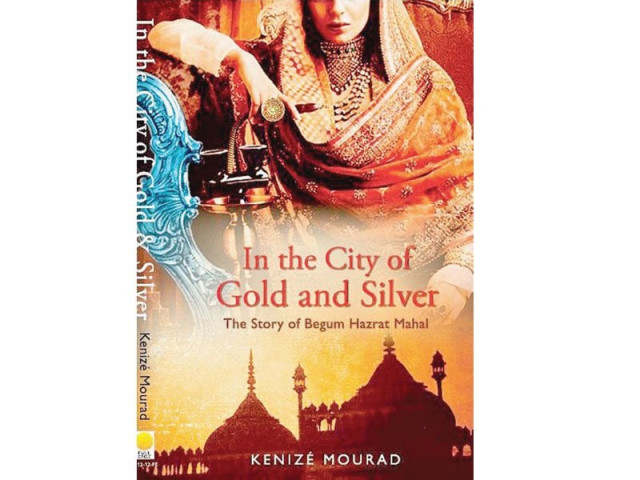KLF: The woman who valiantly led armies on an elephant to keep the British at bay
Writer Kenize Mourad waxes lyrical about the life of Hazrat Begum Mahal.

Writer Kenize Mourad waxes lyrical about the life of Hazrat Begum Mahal .
When asked to name a woman who embodies resistance to colonial rule in the subcontinent, even those intimately familiar with India’s history would quickly and invariably blurt out one name: Lakshmi Bai, the Rani of Jhansi.
She often appears in textbooks, with an almighty sword raised aloft as the flames of war devour the world around her. But when you mention the equally valiant and intelligent Hazrat Begum Mahal, who for nine months resisted the colonisers’ bid to take over Awadh, most people just scratch their heads. The begum, who was one of the wives of Awadh’s ruler, Wajid Ali Shah, was not intimidated by the colonial rulers’ firepower. Her husband was exiled to Calcutta when the British annexed Awadh (in present-day Uttar Pradesh) in 1856. Begum Mahal did not budge though - she tried to keep the British at bay.
On day three of the fourth Karachi Literature Festival, however, the valiant lady who somehow slipped into obscurity drew quite a lot of attention. Journalist and writer Kenize Mourad, who has written a rich narrative on the life of Begum Mahal titled ‘In the City of Gold and Silver’, read excerpts from her work.
To say that the Society Suite at the Beach Luxury Hotel was packed more tightly than a wad of paan in a jowl wouldn’t be an exaggeration - there were far fewer seats than people. But even the elderly easing into the room cautiously on crutches didn’t seem to mind standing for a good half an hour as they listened to Mourad wax lyrical about Begum Mahal’s bold resistance to British rule. So packed was the room that one rotund gentleman even tried to hold his stomach in before muttering “this is insane” and snaking his way to the door through the sea of people.

“I couldn’t believe that there wasn’t much written about this extraordinary lady,” said Mourad. She was drawn to Begum Mahal after one of the brave lady’s counsels came to her in the 70s and recounted tales from the past. “I then searched for her in the libraries of Oxford and Cambridge, but I couldn’t come across much material.”
It was then that she decided to travel back to Lucknow and meticulously collect accounts from families known to have resisted British rule. She pored over documented correspondence between Begum Mahal and other rebels. What emerged was a spectacular account of a begum who shed her veil, abandoned opulence and thundered into battle on an elephant with her army during the War of Independence in 1857.
“Begum Mahal was only 24 years old when she said that she was ready to put up a fight against the British,” said Mourad. “After the colonial powers took over Awadh, Begum Mahal fled on horse but still organised hit-and-run attacks on the British.” After the revolt petered out, Begum Mahal fled to Nepal where she died.
But why was the life of this extraordinary woman not documented the same way as that of the Rani of Jhansi? Mourad has one theory. “I think it has to do with Partition. At that time, nobody in India would want to pay tribute to a brave Muslim lady who went out of ‘pardah’ (veil) to fight the British.”
But the people attending the Karachi Literature Festival just couldn’t seem to get enough of her. When scholar Aliya-Iqbal Naqvi, who moderated the session, told the audience that Mourad’s book had been sold out and that people would have to place orders outside, there was a sudden rush for the door, even though one more writer was in line to speak about her book.
Published in The Express Tribune, February 18th, 2013.



















COMMENTS
Comments are moderated and generally will be posted if they are on-topic and not abusive.
For more information, please see our Comments FAQ